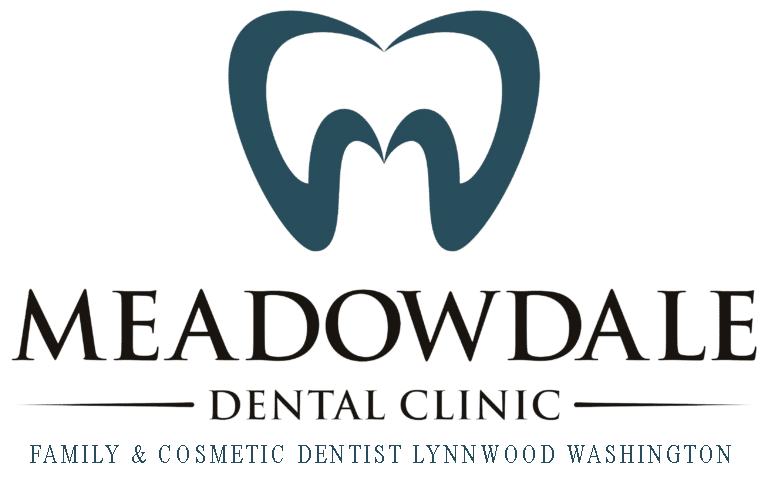Is Scaling and Root Planing Painful?
If you haven’t had routine dental cleanings over the last few years, your dentist may recommend a procedure called dental scaling. Dental scaling is a common deep cleaning procedure used to treat and prevent gum disease. The goal of dental scaling is to remove the buildup of plaque and tartar from your teeth to help restore your gums to a healthy state. If you are planning to have a scaling and planing procedure in the near future, you may be looking for more information about what exactly the procedure involves and what you should expect. Below is more information about the dental scaling and root planing procedure.
Why Is Dental Scaling Necessary?
Through everyday eating and drinking plaque builds up along the gumline that carries bacteria with it. As these bacteria accumulate along the gumline it can eventually cause gum disease. This buildup irritates the gums causing them to recede and pull away from your teeth. Pockets then form between the teeth and the gums where more plaque can build up. When the gums pull away from the teeth your teeth and gum tissue are at risk. Dental scaling is non-surgical dental procedure that is more aggressive than a standard dental cleaning. Scaling can help your gums return to a healthy state and save them by helping prevent gum disease from developing or advancing. The more advanced step is root planing, which involves the smoothing of the tooth root below the gums to help the gum tissue reattach to the tooth.
Does the Dental Scaling Procedure Hurt?
Because the scaling and planing procedure is more invasive and works to clean below the gumline, your dentist will take some preventive measures to help make it less painful. Overall, the procedure should not cause pain, however, here are some steps your dentist will take to help minimize your pain:
- Prior to the procedure, your dentist will numb the gums and tooth roots with a local anesthesia.
- During the procedure, your dentist will use specialized tools to remove the plaque buildup from the teeth both above and below the gum line. These tools are designed to make this procedure less invasive.
- After the procedure, your dentist may recommend a specialized tooth paste to help with the tenderness and inflammation that may follow the procedure.
- If more cleaning is necessary or the scaling and planing is more invasive than originally planned, your dentist may break the procedure up into several
appointments.
Risks of the Dental Scaling Procedure
Although dental scaling and root planing is a common non-surgical procedure, there are potential risks to be aware of. To avoid these risks, it is important for your dental professional to know your total health history. Because the procedure can be invasive, bacteria from your mouth can get into the bloodstream. If you have a weakened immune system or you are at increased risk for infections, you may need to take additional precautions prior to having a dental scaling and root planing procedure.
More About Scale & Root Planing : What Are The Scale & Root Planing Risks?
